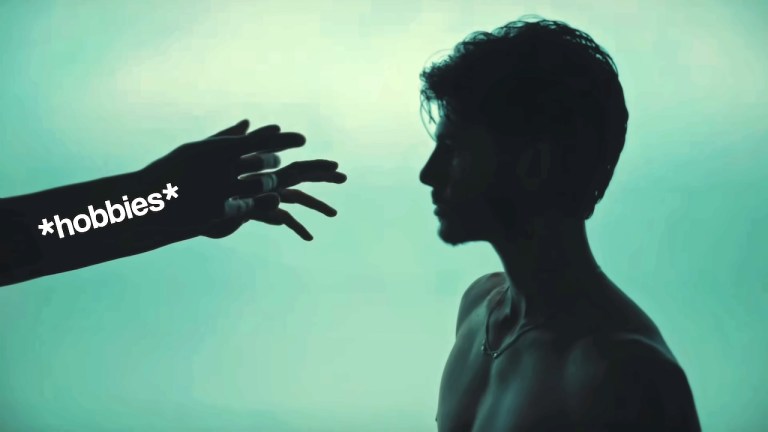How a British Psychiatrist Tried to Make Medical Sense of the Paranormal Premonitions That He Collected
New Yorker writer Sam Knight talks about his research for the story “The Psychiatrist Who Believed People Could Tell the Future”, which takes a deep look at the 19th-century British psychiatrist John Barker. Barker, who was deeply affected by the Aberfan disaster during which a South Wales school was engulfed by sliding coal slurry. The disaster killed 140 people, 116 of whom were children. What struck Barker the most was the survivors relating a sense of disaster or dread, which he believed to be paranormal in nature.
Searching for an explanation for these seemingly predictive events, Barker dedicated his life to collecting premonitions through the self-conceived British Premonitions Bureau. Barker had hoped of making medical sense out of premonitions, but when soon after he was warned of his own demise by two different people that Barker understood that he was unable to do so.
Barker’s experiment closed in on him. Eighteen months after the Premonitions Bureau was launched, his two most reliable percipients had received signs that he was about to die—eliciting in him a state of mortal anticipation such as he had studied and thought about for years. …On August 18, 1968, Barker suffered a brain hemorrhage at home, in Yockleton. He was taken to Copthorne Hospital, in Shrewsbury, where he died.
I wrote about an experiment to collect the dreams and forebodings of the British public in order to stop disasters. It, um, well…https://t.co/WQy1GsE7KY
— Sam Knight (@samknightwrites) February 25, 2019






